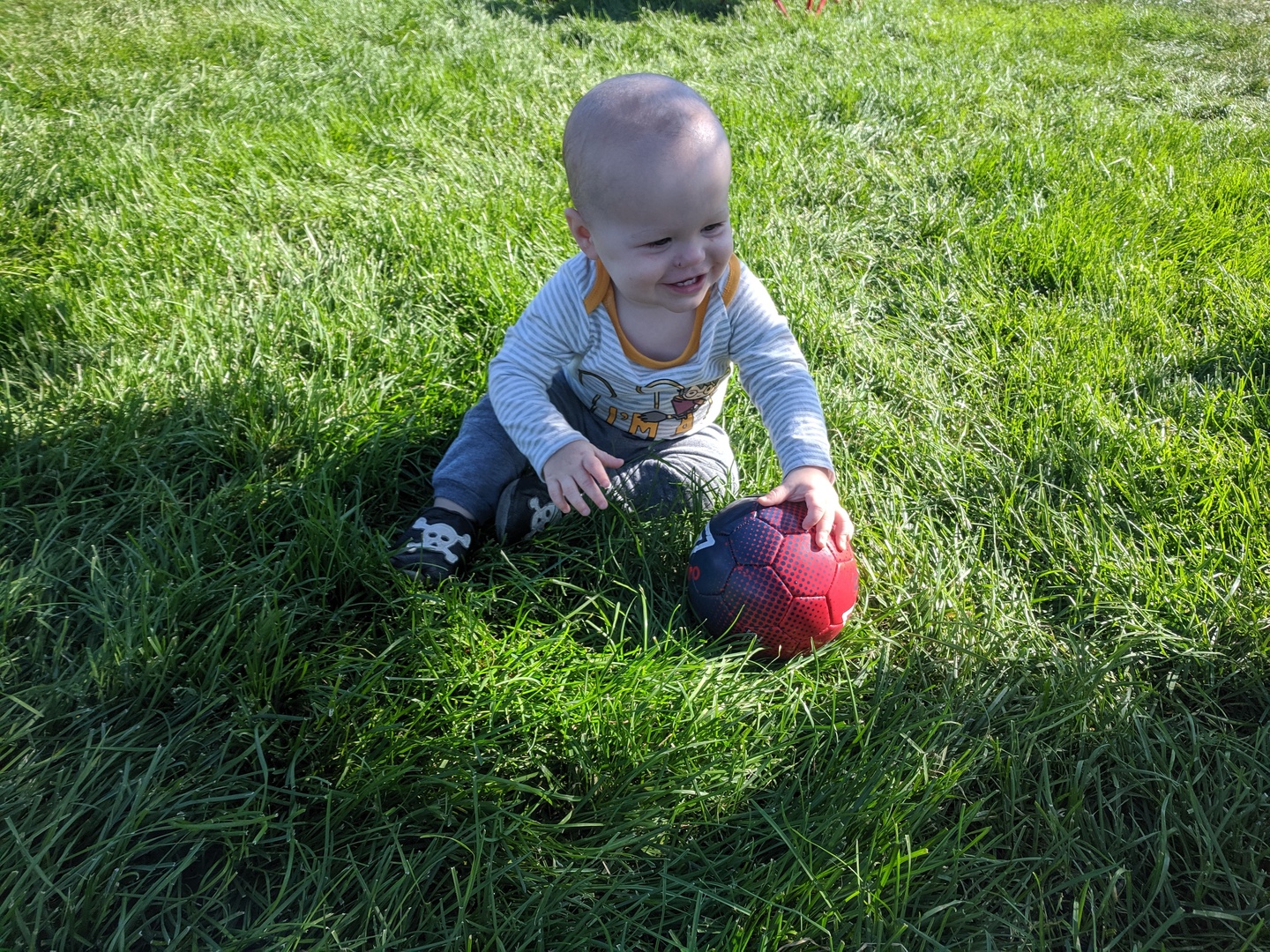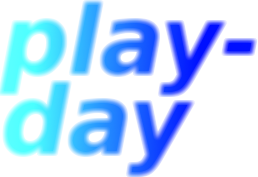By Markie February 17, 2023
The best toys for 1-year-olds are those that stimulate their senses, foster their cognitive, emotional, and social development, and promote their creativity and imagination.

Light the candle! Your baby is 1 year old, but other than cakes to smash, what else can your baby play with now?
As your baby grows into a toddler their curiosity and need for exploration also grows. The right toys serve as tools in a child’s “job” of play. Did you know that children can learn almost anything through play? And children learn best when they’re having fun with their favorite people (usually Mom and Dad but kids can have lots of favorite trusted caregivers). Toys as tools can help stimulate their senses and foster their cognitive, emotional, and social development.
How does play change after the first year? Baby has gone from babbling to jargon (strings of nonsense sounds with real intonation) to possibly first words by their first birthday. There are lots of sounds during play these days, but we’re not talking about electronic chirps of batteries and buttons. You can make lots of fun sounds to interest your baby while you play, and soon your baby will copy those silly sounds. So vroom, shh, honk, and oink away. Those little squeals, squawk, and babbles will become real words with time.
Warning: Make sure that all of the toys you give your toddler are safe for them, and do not pose a strangulation or choking hazard. Safe toy tips are provided at the end of this post.
Here are some of the best toys for 1-year-olds and how they can aid in their development

-
Baby doll
Shhh… Baby’s sleeping. Playing with a baby doll is an excellent way for your 1-year-old to develop their social and emotional skills. It helps them learn empathy, caring, and nurturing. Through role-playing, they learn how to interact with others, especially their peers and family members. Your toddler can hold the baby, rock the baby, feed them, change them, put them to sleep. They get to role play doing all the sweet, kind things that a parent does for their child. When your little one interacts with a baby doll, they get to practice caring for another living being, which can help them develop an understanding of the world around them. This is a home run for language and social development.
Develops: fine motor skills, hand-eye coordination, pretend play, language, social/emotional development
-
Stuffed animal/lovey
Awww… Does your baby have a stuffed animal that goes everywhere with them? That’s great, a stuffed animal or a lovey is a comforting and familiar object that a child can bond with. These toys can provide a sense of safety and familiarity, which can help children feel more confident and less anxious. A lovey can also help a child transition from being dependent on their parents to becoming more independent. They can carry their lovey around with them and use it as a source of comfort during stressful or unfamiliar situations. It provides them with a sense of security and comfort, especially when they are separated from you.
Develops: motor skills, language, pretend play, social-emotional development
-
Farm and animals set
Neigh! Moo! Quack Quack! Young children are fascinated by animals and the funny sounds that they make. Learning the sounds that animals make is a developmental milestone for this age, and playing with a farm and animals is a great way to learn animal sounds through play. Animals also do lots of fun things. Horses gallop. Ducks fly. Chickens peck. Of course, pigs roll in mud. A farm set is a great open-ended toy that kids love to play with again and again.
Develops: fine motor coordination, language, pretend play, social-emotional development
-
Cars and trucks
Vroom! Boom! Crash! Children are fascinated by vehicles of every shape and size: bulldozers, excavators, trash trucks, school buses; if it has wheels, your kid will love it. Think of all the ways they can learn: cars can go and they can stop. They can turn and even drive up walls. Cars have wheels that spin. And of course, the crucial crashing. Many children love nothing more than a good crash when playing with cars and trucks. What if we drive the car on the carpet or outside on the sidewalk? We could even drive it in dirt or sand. Open-ended toys like cars provide endless ways to play.
Develops: Cognitive skills, fine motor, gross motor, cause-and-effect, problem solving
-
Balls
Bounce, Roll, Go! Balls are great for any age. As your child is starting to walk around, a ball can be a great thing to chase about. Soon, they will learn how to throw overhand and kick the ball. It can also introduce them to the concept of cause and effect, as they learn that when they throw the ball, it will bounce or roll away. Playing with balls also promotes the social skill of turn taking as they learn how to play games with others. Turn taking is a foundational skill to learning to talk. Your baby has to cue into - I talk- Daddy talks - I talk - Daddy talks. Taking turns rolling or throwing a ball back and forth can help teach turn taking in a super fun way.
Develops: Gross motor, cause-and-effect, hand-eye-coordination
-
Bath toys
Splish splash! Does your baby love bathtime or are they a little iffy on the idea? Either way, introducing some fun bath toys is a great way to encourage happier bath times. Some of our favorite bath toys are simple cups and other water toys. Your baby might also love to swim with fishes, dolphins, whales, or even sharks. What fun! Babies learn so much about the world and the properties of water through playtime in the bath.
Develops: sensory awareness, fine motor, self-help skills
-
Don't forget about books
Books are perfect for any age, but toddler reading time is especially sweet. Books are an excellent way to introduce toddlers to language and encourage early literacy skills. Choose books that have large, colorful pictures. Board books, pop up books, or soft books are a great option as they are durable and easy for little hands to handle. Remember to follow your child’s lead as you read: let them turn the pages and don’t insist on reading every word. You can even just point to and label pictures. You are helping your toddler match 3 dimensional objects to 2 dimensional representations. What a smart cookie!
Develops: reading readiness, social-emotional skills, caregiver-child bonding, visual skills, fine motor skills, cognitive skills, pretty much everything.
As a parent or caregiver, it’s essential to provide a variety of toys that can help support your child’s growth and development.The best toys for 1-year-olds are those that stimulate their senses, foster their cognitive, emotional, and social development, and promote their creativity and imagination. By providing your toddler with fun play experiences, parents and caregivers help develop crucial skills and abilities that will benefit your children throughout their lives.
How do I know if a toy is a choking hazard? Look for the warning label that shows 0-3 with a slash through it. There’s also a rough sketch of a baby usually. For choking hazards. The general guideline is if your child is under 3 years of age, don’t give them any toy that will fit through the tube of a toilet paper roll. (Fun fact: There is actually a special metal “toilet paper tube” looking thing that officially determines if a toy poses choking hazards; ok, it is based on the size and shape of a young child’s throat, but still) Toys that small, or with small parts that can break off, are choking hazards. Also, nothing with strings or straps that could get wrapped around their neck.
